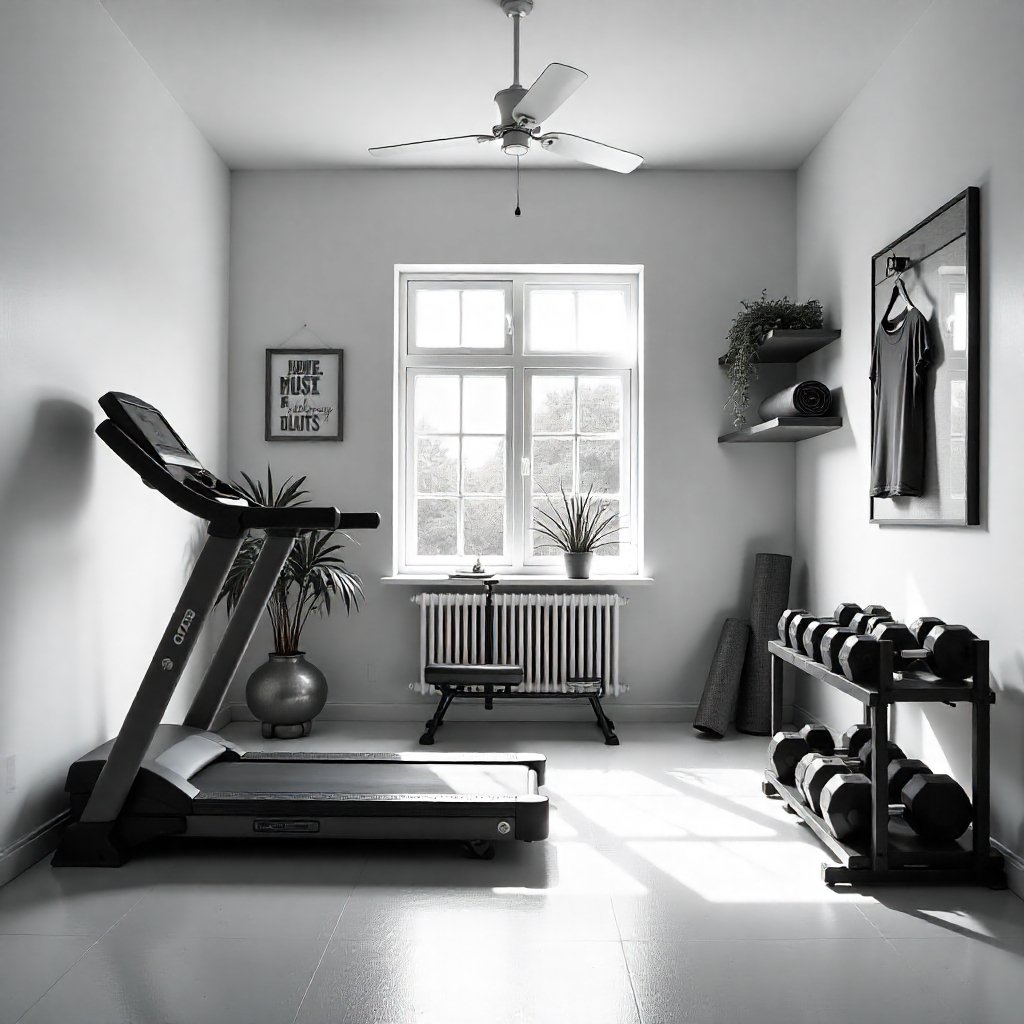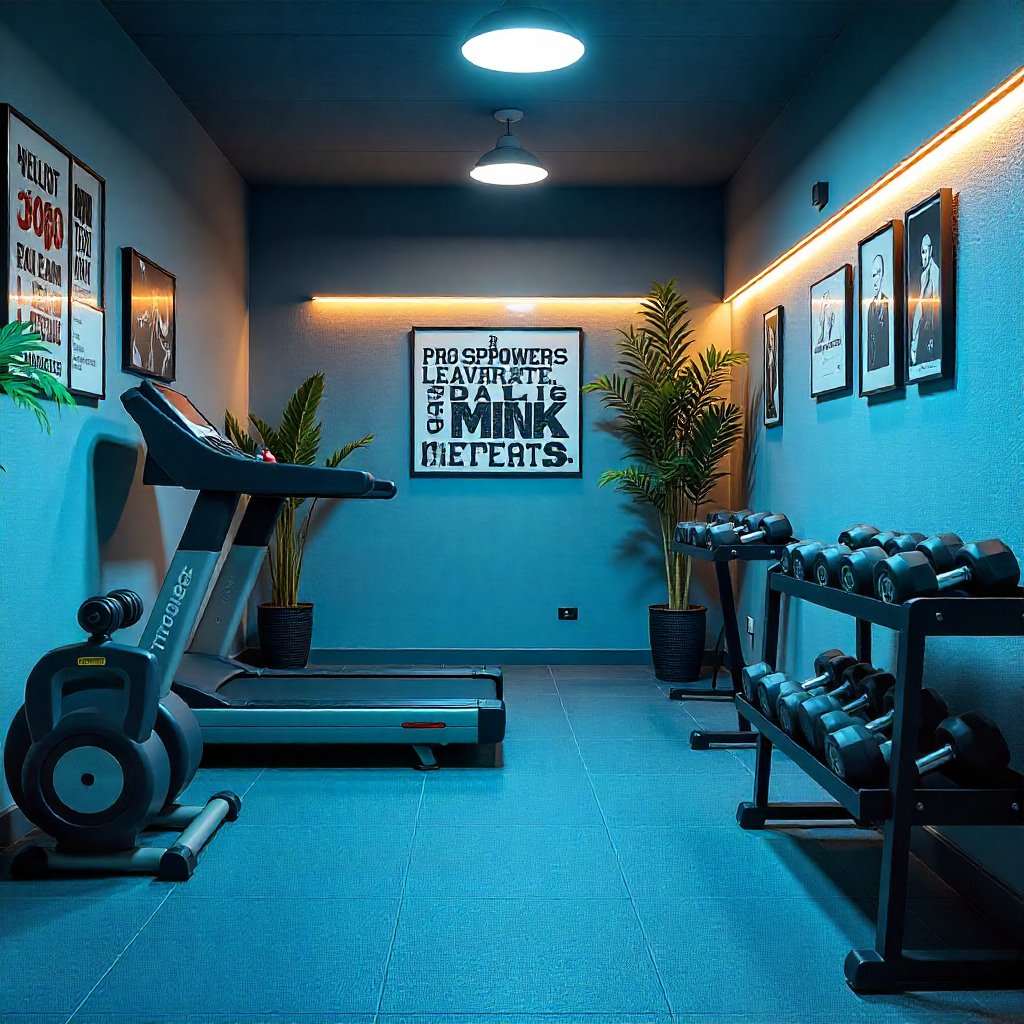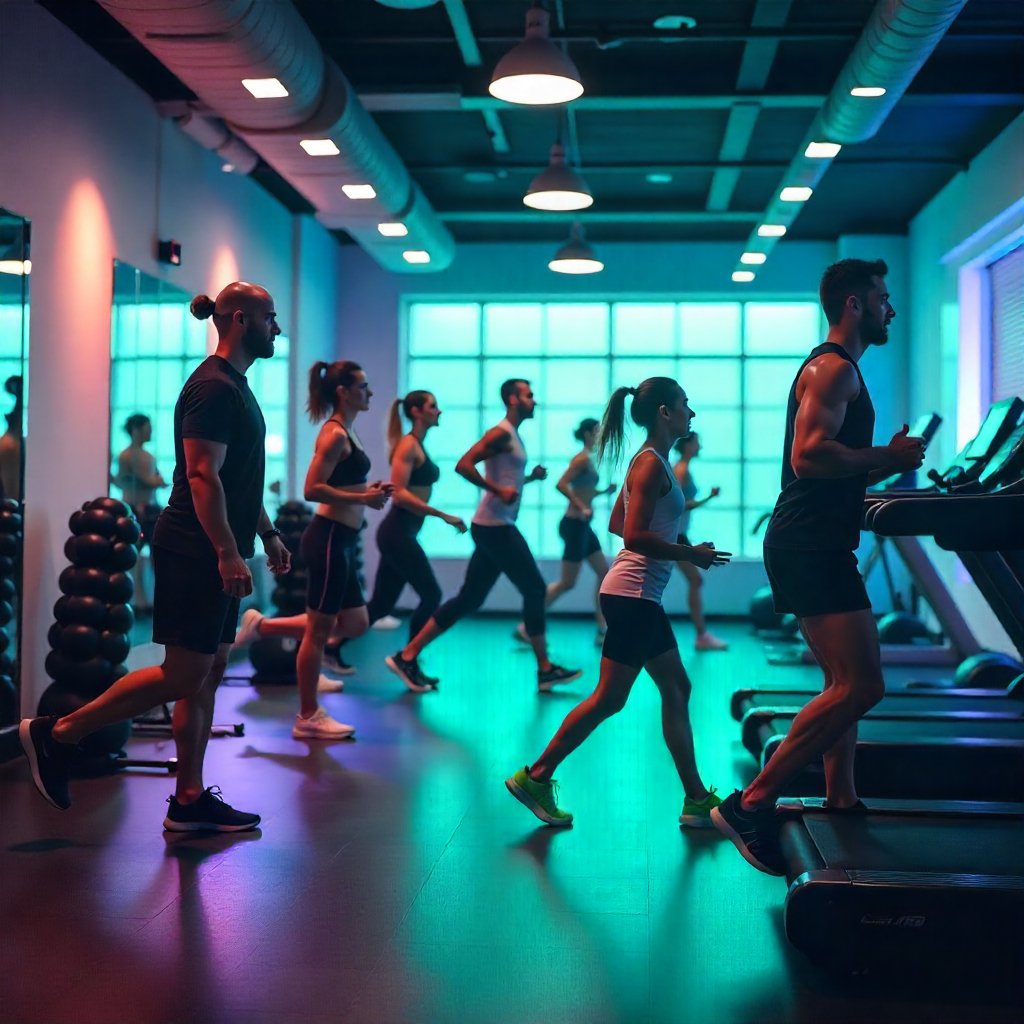A home gym is a valuable investment in your health and fitness, offering convenience and flexibility to train on your terms. However, to keep your equipment functioning optimally and your workout space motivating, regular maintenance and strategic upgrades are essential. Proper care extends the lifespan of your gym equipment, while thoughtful upgrades can enhance performance and keep you inspired. This guide provides practical advice for maintaining and upgrading your home gym, ensuring it remains a hub for effective workouts and long-term wellness.
Tips for Maintaining Your Home Gym Equipment
1. Regular Cleaning for Durability
Sweat, dust, and grime can accumulate on gym equipment, leading to corrosion and mechanical issues. Wipe down machines, weights, and benches after each use with a damp cloth and mild detergent. For cardio equipment like treadmills or stationary bikes, use a fitness equipment cleaner to remove sweat residue. Vacuum around and under equipment weekly to prevent dust buildup, which can interfere with moving parts. Regular cleaning not only maintains functionality but also ensures a hygienic workout environment.
Recommended Product: Consider the Sunny Health & Fitness Treadmill Mat from Amazon. This durable mat protects your flooring from wear and tear caused by heavy equipment, making it easier to keep your gym space clean and organized.
2. Lubricate Moving Parts
Cardio machines, such as treadmills and ellipticals, require regular lubrication to operate smoothly. Check your equipment’s manual for the recommended lubrication schedule and use the specified lubricant. For instance, many portable treadmills feature self-lubricating systems, but periodic checks are still necessary to avoid squeaking or grinding noises. Proper lubrication reduces friction, preventing premature wear and ensuring seamless performance.
3. Inspect and Tighten Hardware
Loose bolts and screws can lead to equipment instability and potential accidents. Regularly inspect your gym equipment, tightening any loose hardware to maintain structural integrity. This simple step can prevent damage and ensure safety during intense workouts.
4. Follow Proper Usage Guidelines
Misusing equipment, such as dropping weights or using improper form, can cause premature wear. Always follow manufacturer guidelines and prioritize proper exercise techniques to protect both your equipment and yourself. For example, when using dumbbells for shoulder exercises, avoid excessive swinging to prevent damage to the weights and your flooring.
Upgrading Your Home Gym for Enhanced Performance
1. Assess and Prioritize Equipment
Before upgrading, evaluate your current setup. List equipment you use regularly and identify items that are outdated or underutilized. Focus on upgrades that align with your fitness goals, such as adding resistance bands for versatility or a smart home gym system for guided workouts. This ensures your upgrades are intentional and effective.
Recommended Product: The Bowflex SelectTech 552 Adjustable Dumbbells from Amazon are a space-saving solution for strength training. These adjustable dumbbells allow you to switch weights quickly, catering to various exercises and fitness levels.
2. Optimize Space with Smart Storage
A cluttered gym can dampen motivation. Maximize space by installing wall-mounted racks, hooks, or shelving to store bands, mats, and weights. Repurpose furniture like vintage lockers for stylish storage or use labeled bins to keep smaller items organized. A tidy, spacious gym enhances your workout experience and keeps you motivated.
3. Enhance Ambiance for Motivation
Your gym’s design impacts your workout enthusiasm. Incorporate motivational elements like vibrant colors, family photos, or inspirational quotes on the walls. Good lighting and ventilation also create a comfortable environment, encouraging consistent use of your gym.
4. Incorporate Technology for Performance
Integrate wearable fitness trackers or smart equipment to monitor progress and enhance workouts. Smart home gym systems, like those with digital resistance, offer guided exercises and performance tracking, making your sessions more engaging and effective.
Longevity and Performance Strategies
1. Periodize Your Training
To maintain long-term fitness and prevent overuse injuries, adopt a periodized training approach. Rotate between strength, cardio, and flexibility workouts to balance intensity and recovery. For example, alternate high-intensity interval training (HIIT) with low-impact activities like yoga or walking to support muscle recovery and joint health.
2. Prioritize Recovery
Recovery is key to longevity in fitness. Incorporate mobility drills or dynamic stretches during rest periods between strength sets to improve flexibility and reduce soreness. Staying active on rest days with light activities like walking or swimming promotes circulation without overtaxing your body.
3. Stay Consistent with Small Habits
Consistency is crucial for both equipment longevity and personal performance. Build habits like daily movement, proper equipment care, and incremental upgrades to maintain a functional and inspiring home gym. Small, intentional changes compound over time, leading to significant improvements in your fitness journey.
 Note: The image referenced in the document is created by Freepik.com
Note: The image referenced in the document is created by Freepik.com
Authoritative Sources
-
Gym-Flooring.com: Provides practical tips for organizing and upgrading home gyms.
-
The Frisky: Shares expert maintenance advice for extending equipment lifespan.
-
Harvard Health: Discusses the benefits of strength training for longevity.
-
Gymsportz: Offers detailed maintenance tips for home gym equipment.








